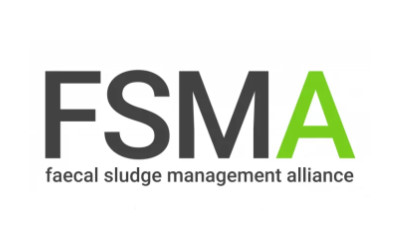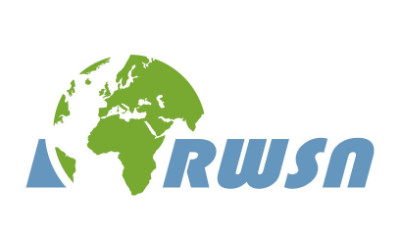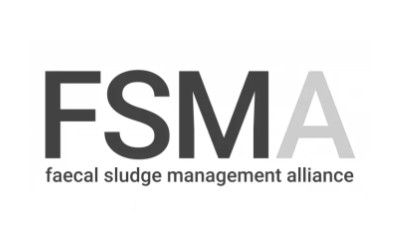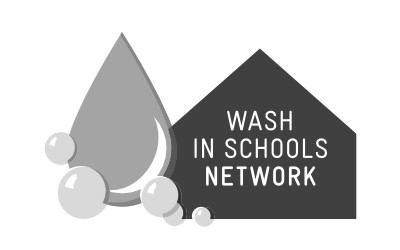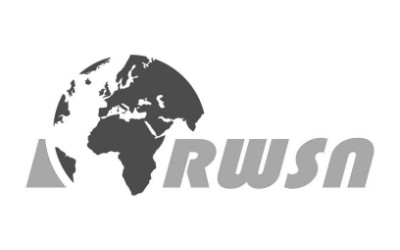Hybrid microbial-electrochemical system for waste utilization - Various documents on results from research grant
Han, A. (2013)
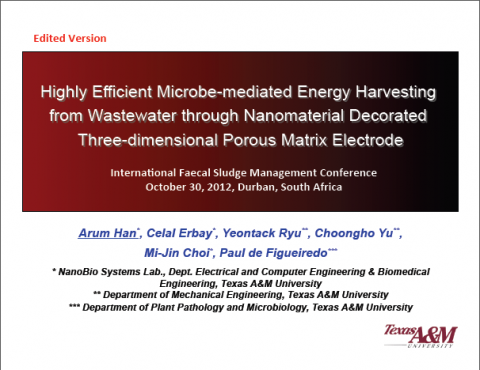
Published in: 2013
Publisher:
Texas A&M University, USA
Author:
Han, A.
Uploaded by:
SuSanA secretariat
Partner profile:
common upload
5074 Views
29 Downloads
Content - Summary
This library entry contains background documents for a grant that Arum Han is leading and which is funded by the Bill and Melinda Gates Foundation.
Further information and a discussion is available on the SuSanA discussion forum:
http://forum.susana.org/forum/categories/105-processing-technologies-for-excreta-or-faecal-sludge/5988-hybrid-microbial-electrochemical-system-for-wastewater-treatment-texas-aam-university-usa
Short description of the project: This project aims to develop a self-sustainable system for simultaneous wastewater treatment and electricity/biogas generation. This hybrid system is composed of a microbial fuel cell (MFC) to generate electricity from wastewater to directly power a microbial electrolysis cell (MEC) system to produce biogas (biomethane and biohydrogen) for clean combustible fuel. Recent developments in bioelectrochemical systems (BESs) such MFCs and MECs enabled clean production of electricity and hydrogen from organic substrates in wastewater through the use of bacterial catalysis. However several challenges remain. MFCs have not been put to practical use because of its low power density compared with other fuel cell technologies. MEC technology needs external power to overcome the thermodynamic barriers to produce hydrogen gas.
Goal: The goal of this project is to develop a hybrid microbial fuel cell (MFC) – microbial electrolysis cell (MEC) system using low-cost highly-efficient 3D multi-length scale porous matrix electrodes decorated with carbon nanotubes and nanoparticle catalysts for simultaneous wastewater treatment and electricity/biogas production.
Objectives: The hybrid MFC-MEC coupled system being developed here directly generates electricity from wastewater using locally available electrochemically active bacteria, which is then utilized by the MFC/MEC system to generate high-purity biohydrogen. This biohydrgen can be then used as clean combustible fuel sources. The highly efficient and low-cost MFC-MEC system is enabled by 3D multi-length scale porous matrix electrodes decorated with carbon nanotubes and nanoparticle catalysts. This electrode can accelerate and significantly improve microbe-electrode interaction and thus improve the microbial electron transfer efficiency.
Current state of affairs: We have successfully developed highly efficient nanomaterial-based electrodes and have tested their performances in MECs. We are currently working on testing the electrodes in a scaled-up system as well as testing the electrodes in an MEC setting for hydrogen production.
+++++++++++
Documents available for download below:
1 - Highly efficient microbe-mediated energy harvesting from wastewater through nanomaterial decorated three-dimensional porous matrix electrode (Presentation at FSM2 Conference in Durban, South Africa, October 2012)
Bibliographic information
Han, A. (2013). Hybrid microbial-electrochemical system for waste utilization - Various documents on results from research grant. Texas A&M University, USA
Filter tags
English Fundamental research and engineering North America







